Avant-Garde Home Furnishings, LLC présents
Outside, Outside, & more outside... all about outdoor decor
Today we will be talking about the great outdoors and the need for the use of Grays and neutral colors often times. I found three articles that better explain this usage. Two by Frank Organ and one by Laura Gaskill.. Here they are.. Enjoy them.. They are well written and informative.
Outside, Outside, & more outside... all about outdoor decor
Today we will be talking about the great outdoors and the need for the use of Grays and neutral colors often times. I found three articles that better explain this usage. Two by Frank Organ and one by Laura Gaskill.. Here they are.. Enjoy them.. They are well written and informative.
Does Your Landscape Need a Little ‘Cosmic Latte
By: Frank Orgon
neutral color palette creates a calm and stylish environment in our homes and provides a harmonious backdrop for furniture and decorations. Can the neutrality of beige and its various cousins do the same in garden design, allowing us to create a compelling landscape and backdrop for plantings and garden furniture?
Astronomers have discovered that the real color of the universe is beige, or “cosmic latte,” as they’ve dubbed it. If the universe is beige, what’s wrong with having a beige garden? Let’s look at a few examples of how beige can be far from bland and can, in fact, be a great building block for contemporary gardens.
Astronomers have discovered that the real color of the universe is beige, or “cosmic latte,” as they’ve dubbed it. If the universe is beige, what’s wrong with having a beige garden? Let’s look at a few examples of how beige can be far from bland and can, in fact, be a great building block for contemporary gardens.
Concrete is often a contemporary garden’s main source of beige. Its industrial look suits minimalist designs, in which shape and mass take precedence over color and pattern. In this landscape, shadows and tonal variations on the differing planes of the structure create interest as the light changes throughout the day.
Beige can help emphasize clean lines in a landscape’s design. The lack of bright color or decoration really allows the structure of the design to show through, even in the simplest patios.
The restriction of color in this patio allows the creamy-smooth texture of the paved walkway, the dark taupe of the canopy and the lines of the cobbles to shine through. In the same way that beige is used in interior design as a backdrop to brightly colored furnishings, here the beige enables the bright red garden furniture to pop in the design.
The restriction of color in this patio allows the creamy-smooth texture of the paved walkway, the dark taupe of the canopy and the lines of the cobbles to shine through. In the same way that beige is used in interior design as a backdrop to brightly colored furnishings, here the beige enables the bright red garden furniture to pop in the design.
One definition of bland is “lacking strong features or characteristics.” Yet here the beige, which some would call the blandest of colors, emphasizes the striking lines of this design. As we’ve seen, strong modernist design has no need for color or decoration to succeed. Beige allows the wall shapes, sizes and textures to show clearly.
This meticulously crafted concrete staircase provides the perfect neutral beige background for the simple planting in front. The texture and variation in the concrete walls add interest, while the glass balustrade has a subtle graduation of color, as it covers some of the concrete while allowing light through to the stairway. It all creates an interesting feature, far from bland, without the use of bright colors or ornamentation.
The repeated plantings of soft rush (Juncus effusus) alongside this walkway and steps are brought to the fore because they’re set against beige concrete panels. The neutral color provides a blank canvas to plant against — so much better than the browns of traditional fencing or the terra-cotta color of brick walls.
It is worth remembering that green is generally considered a neutral color in garden design, so it is no wonder that it combines so well with beige.
It is worth remembering that green is generally considered a neutral color in garden design, so it is no wonder that it combines so well with beige.
In designs where more plantings are used, any thought of blandness from beige goes out the window. The tones in the coloring of the tall, creamy stone wall and the brighter ivory coloring of the large floating slabs over the water feature set a great skeleton upon which the formal planting can hang.
Gray, the great companion of beige in the neutrality league, completes this calm and composed landscape.
Gray, the great companion of beige in the neutrality league, completes this calm and composed landscape.
This entry is a celebration of the beige family and shows all the ways these colors and tones can be winners in the garden, from the sandy-colored walls to the dark buff of the formal pool. Not only do the tones create a calm and restful setting, but they are also the perfect companion for all sorts of natural elements, from the purple ground cover creeping over the blush-pink concrete slabs to the clear water reflecting in the raised, formal pond.
You don’t have to use just one member of the beige family. From muted cream to almost khaki, these wall panels seem to echo interior wall stripes in creating a decorative yet neutral-colored boundary.
Have I convinced you that beige and its colleagues can be anything but bland? When used with skill, these neutral colors give us great building blocks for our garden design and help create a wonderful theater in which to display a wide variety of plant material. We see in this stunning example how rust-colored boulders blend seamlessly with the beige hardscape and the skillful plantings surrounding them.
Finally, I just love this celebration of the beige family, from the ivory dining set and sand-colored seating to the crisp, clean paving. Bland? I don’t think so.
10 Gorgeous Courtyards From Mod to Moroccan
By Laura Gaskill
Some have pools or fountains; some are awash only with greenery. These courtyards run the gamut of styles but have alluring looks in common
A house with a courtyard just may be the (totally unofficial) dream home in temperate locales the world over. An area without a roof, enclosed either completely or partially by the walls of a building, provides a cool, secluded space for outdoor lounging and entertaining. Beyond the appeal of the courtyard itself, including this design feature means a boost in natural light and indoor-outdoor flow. See if one of these 10 homes with courtyards, from one with a cool pool in Miami to a tiled Moroccan oasis, is worthy of your style file.
1. Miami Mod
With views of the pool from nearly every room in the house, this Florida home is all about indoor-outdoor living. Floor-to-ceiling windows and sliding glass doors can open up to create a seamless flow. And check out that walkway right across the pool!
With views of the pool from nearly every room in the house, this Florida home is all about indoor-outdoor living. Floor-to-ceiling windows and sliding glass doors can open up to create a seamless flow. And check out that walkway right across the pool!
Here you can see a view of the pool from inside the home — notice how the slick white floors and tall pillars echo the reflective pool and palms outside.
2. Glamorous Pool
Arches adorned with flowing blue curtains, high balconies and an unusual C-shaped pool make this space especially captivating. Imagine sitting on the upper balcony, catching a cool breeze, while gazing at the pool below … bliss!
Arches adorned with flowing blue curtains, high balconies and an unusual C-shaped pool make this space especially captivating. Imagine sitting on the upper balcony, catching a cool breeze, while gazing at the pool below … bliss!
In another part of the same courtyard, a tree adds shade and lush green color, while a tall table and grill provide everything needed for al fresco feasts.
3. Moroccan Tiled
In this traditional Moroccan courtyard, pattern upon pattern of hand-painted tiles are layered to stunning effect. Want to bring this look home? Tile is a natural complement to white stucco — try mixing two to four different patterns in the same colorway. Finish with a boldly patterned rug and low-slung, loungeworthy furniture.
In this traditional Moroccan courtyard, pattern upon pattern of hand-painted tiles are layered to stunning effect. Want to bring this look home? Tile is a natural complement to white stucco — try mixing two to four different patterns in the same colorway. Finish with a boldly patterned rug and low-slung, loungeworthy furniture.
4. Eichler Cool
This classic midcentury Eichler home was updated with a sleek courtyard makeover. A Japanese maple was added for color and shade, and simple, streamlined furnishings were brought in.
This classic midcentury Eichler home was updated with a sleek courtyard makeover. A Japanese maple was added for color and shade, and simple, streamlined furnishings were brought in.
5. Contemporary Courtyard
Stretching the boundaries of what a courtyard is, this spacious outdoor dining space is set between two buildings on the property.
Houzz Tour: Stunning Berkeley Courtyard House
Stretching the boundaries of what a courtyard is, this spacious outdoor dining space is set between two buildings on the property.
Houzz Tour: Stunning Berkeley Courtyard House
5. Stately Arches
Columns and arches set the stage for a luxurious courtyard pool in this grand Houston home. Climbing vines suggest coolness — a much-desired feature in the hot Texas summers!
Columns and arches set the stage for a luxurious courtyard pool in this grand Houston home. Climbing vines suggest coolness — a much-desired feature in the hot Texas summers!
Taking a step back, we see a spacious dining area beneath the eaves of the house, with a view of the pool.
See more of this project
See more of this project
6. Classic Mediterranean
This Santa Ynez, California, home has a central courtyard complete with a tiled fountain, about as classic as it gets. The shade provided from all four sides of the house (plus the lush plantings) keeps the interior of the courtyard cooler, even when it’s scorching outside. In a space like this, you could set up small tables for dining on the stone patio or beneath the overhangs close to the house.
This Santa Ynez, California, home has a central courtyard complete with a tiled fountain, about as classic as it gets. The shade provided from all four sides of the house (plus the lush plantings) keeps the interior of the courtyard cooler, even when it’s scorching outside. In a space like this, you could set up small tables for dining on the stone patio or beneath the overhangs close to the house.
7. Rambling Patio
With a home this large, the courtyard has room to sprawl out, forming several distinct outdoor rooms — dining area, fountain and fireplace. Mood lighting creates a warm and welcoming ambience for evening entertaining.
With a home this large, the courtyard has room to sprawl out, forming several distinct outdoor rooms — dining area, fountain and fireplace. Mood lighting creates a warm and welcoming ambience for evening entertaining.
8. Zen Garden
Austere in its simplicity, this enclosed courtyard garden would make a wonderful spot in which to decompress. A single Japanese maple and a low row of hedges are the only green spots in this Zen-like space; the crisp geometry of the stone and gravel completes the picture.
Austere in its simplicity, this enclosed courtyard garden would make a wonderful spot in which to decompress. A single Japanese maple and a low row of hedges are the only green spots in this Zen-like space; the crisp geometry of the stone and gravel completes the picture.
Looking from inside the house during the day, you can see how light pours from the courtyard into the interior rooms, and how the courtyard provides an enticing private outdoor spot in which to relax.
See more of this project
See more of this project
9. Urban Courtyard
Having a private outdoor space in the city is something many urbanites dream of. This courtyard gets a boost in character from vibrant blue trim on the windows and from climbing vines.
Having a private outdoor space in the city is something many urbanites dream of. This courtyard gets a boost in character from vibrant blue trim on the windows and from climbing vines.
10. Hidden Entrance
Come through the gate into this entry courtyard and you feel instantly transported to a serene hideaway. Paths, pines and native plantings create a beautiful, drought-tolerant landscape.
Tell us: Share a photo of your own courtyard — or your dream courtyard — in the Comments.
Come through the gate into this entry courtyard and you feel instantly transported to a serene hideaway. Paths, pines and native plantings create a beautiful, drought-tolerant landscape.
Tell us: Share a photo of your own courtyard — or your dream courtyard — in the Comments.
Dare to Go Gray in the Garden
By: Gary Orgon
Use neutral gray as a soother, a buffer and a framework for plants in many colors
Gray has become a popular color choice for interior walls, as it combines so well with many colors without overpowering them. It is what is known as a neutral or achromatic color — that is, a color without color. Gray can adapt to colors adjacent to it, becoming lighter or darker, creating a calm and contemporary living space.
There are many other reasons that using gray in our gardens can also be beneficial. Gray and silver plants have been written about because they tend to be suited to dry climates and because they can create a monochromatic silver-gray garden. But gray can also create a framework for other colors, allowing features to blend or toning down bright-colored plants while acting as a buffer between colors that otherwise might clash.
Neutral colors, including gray, can cool or intensify the impact of stronger surrounding colors. On its own this lime green wall could have been too intense, but it’s muted by the gray paving and blocks of darker gray gravel.
Neutral colors can create the framework that holds a garden together. The poured concrete slabs and fire pit here act as the framework for the surrounding plantings and patio furniture — they do not dominate the design or fight the colors of the plants.
The decking and furniture on this wide balcony, in a restrained palette of warm grays, has an elegant, formal look that shows off the clipped boxwood (Buxus sp) topiary. Lime green joins in, in the almost urn-shaped containers.
The neutral colors, especially gray and green, we have seen here so far are part of the framework that holds the garden together. The same concept can apply to planters and containers. This mixture of edible herb plants, especially with the differing variegated foliage, feels cohesive — it might have been confused if brightly colored or patterned containers had been used.
Neutrals, including gray, brown and green, provide a perfect backdrop for other colors. This is especially useful in garden design, where bold-colored plantings can take the front of stage against the gray garden framework of paving, fencing or walls. Here spurge (Euphorbia characiassubsp. wulfenii) and New Zealand wind grass(Anemanthele lessoniana) pops against the muted paving, while the gray paving tones down the intense colors.
These wooden steps, weathered to a silver-gray, rise through the bright-green Brazilian tree fern (Blechnum ‘Silver Lady’) and the red and white flower spikes of the Heliconia angustifolia ‘Red Christmas’.
Barriers can be part of the decorative scheme, whether they’re made of intricate wrought iron or they’re an ornamental trellis, but there are situations when barriers need to recede. Taut wires on this trellis support climbing plants as they grow up and fill out the space, creating a living fence and allowing the wire and gray painted support posts to blend in with the background.
This warm gray gate blends into the garden without overpowering it. The gate, though still a prime feature in the design, takes second place to the plantings — perhaps it would have dominated the plantings and design had it been painted or stained in a brighter color.
I think this use of gray shows how well the color works in contemporary garden design, where it softens bright colors and helps create a peaceful and calming garden layout.
I think this use of gray shows how well the color works in contemporary garden design, where it softens bright colors and helps create a peaceful and calming garden layout.
To let surrounding designs stand out, blend house extensions, sheds and other outbuildings into the garden and overall landscape design by painting them gray.
These raised concrete beds, though interesting with their patina, recede behind the plantings in them. The gray concrete blends with all the foliage. We tend to put flowers in vases that do not overpower them, and it is the same with raised beds — generally we want the plantings to take center stage.
Gray and other neutral colors tone down adjacent colors, and they also create buffers between neighboring colors that might otherwise have a tendency to clash. This gray retaining wall separates the gray-hued agave and bright green Laurustinus (Viburnum tinus) while complementing both.
Gray-leaved evergreens, such as daisy bush (Brachyglottis greyi), lavender cotton(Santolina chamaecyparissus), lavender (Lavendula spp) and silverbush (Convolvulus cneorum) are perfect plant buffers.
Gray-leaved evergreens, such as daisy bush (Brachyglottis greyi), lavender cotton(Santolina chamaecyparissus), lavender (Lavendula spp) and silverbush (Convolvulus cneorum) are perfect plant buffers.
Gray can also be used as an exterior feature color. This entry’s design interest comes from various shades of gray in a variety of textures. The sparse planting picks up the muted tones, and the foliage’s shape and movement overcome the need for flowers.
A neutral gray palette has again been used here exclusively. There is a wide variation of tones, from the deep hue of the gravel and raised planter to the warm hue of the concrete paving and limestone walls.



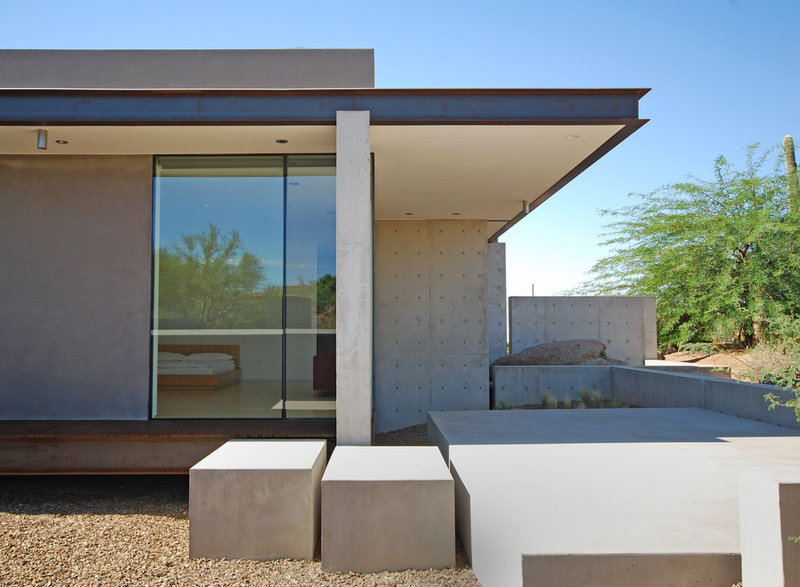
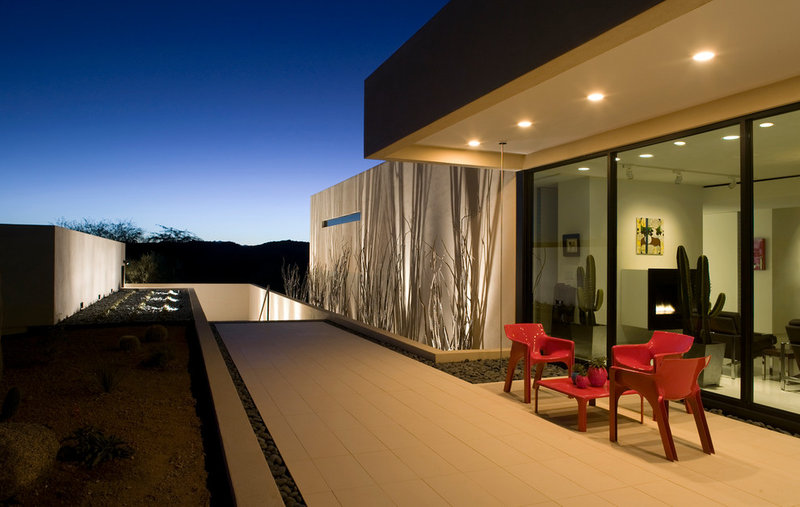
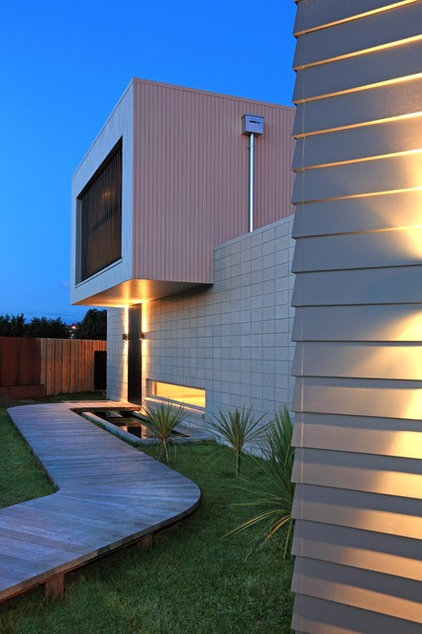
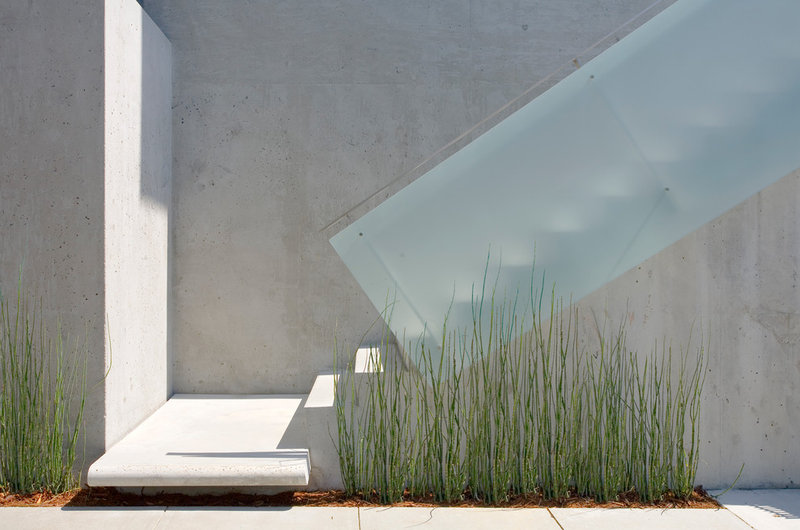
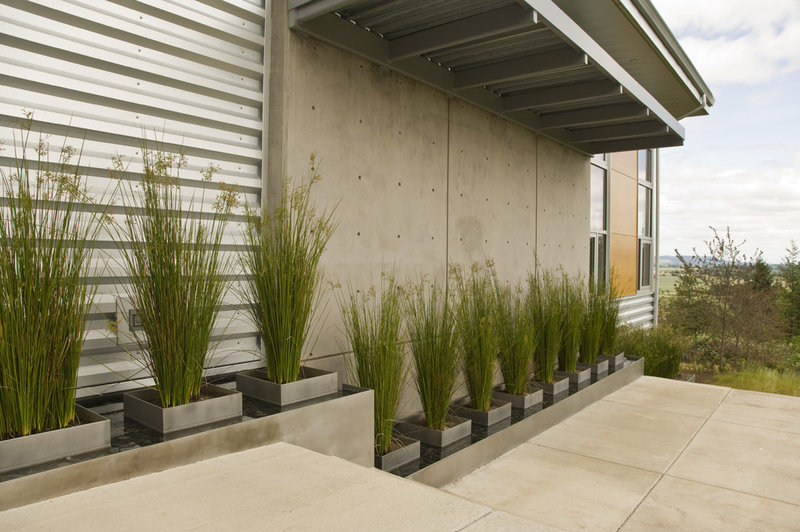
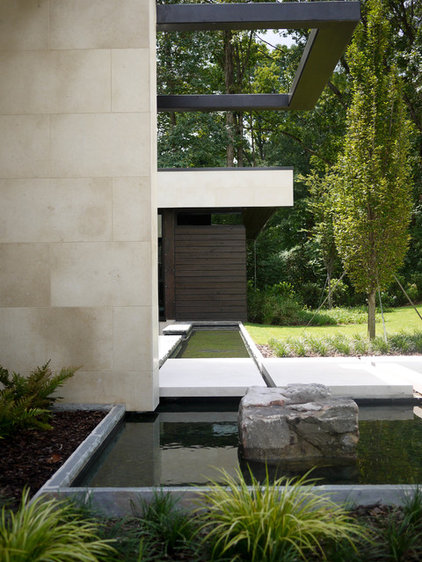
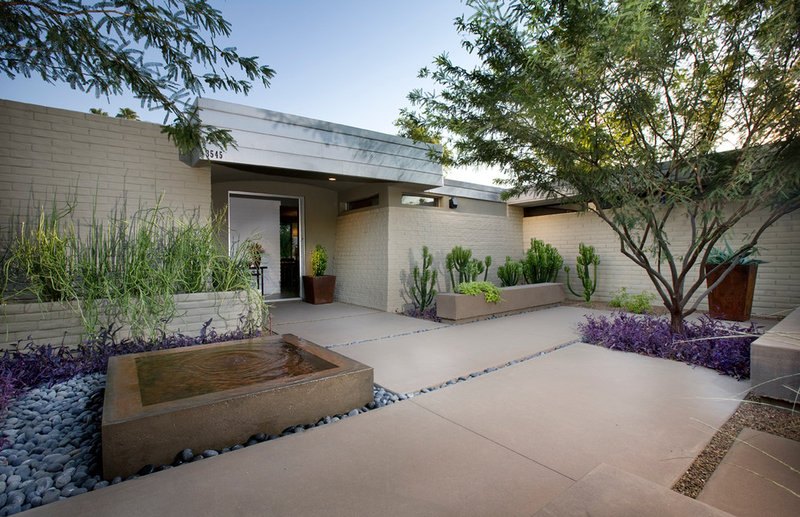
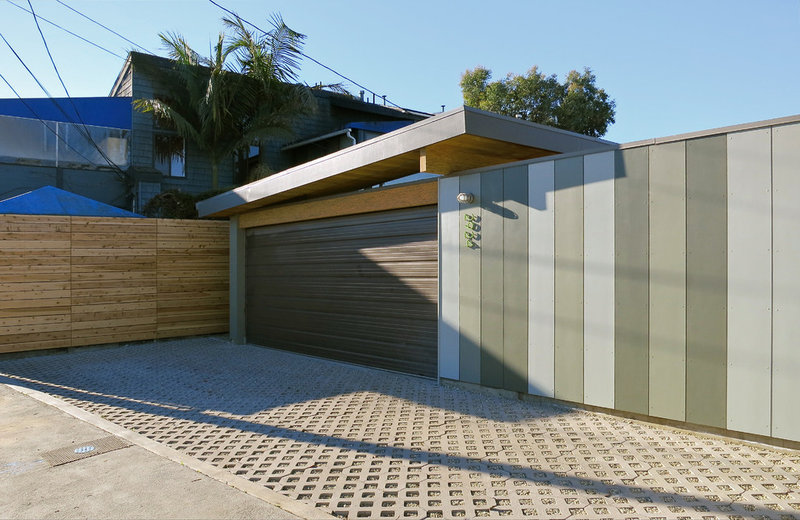
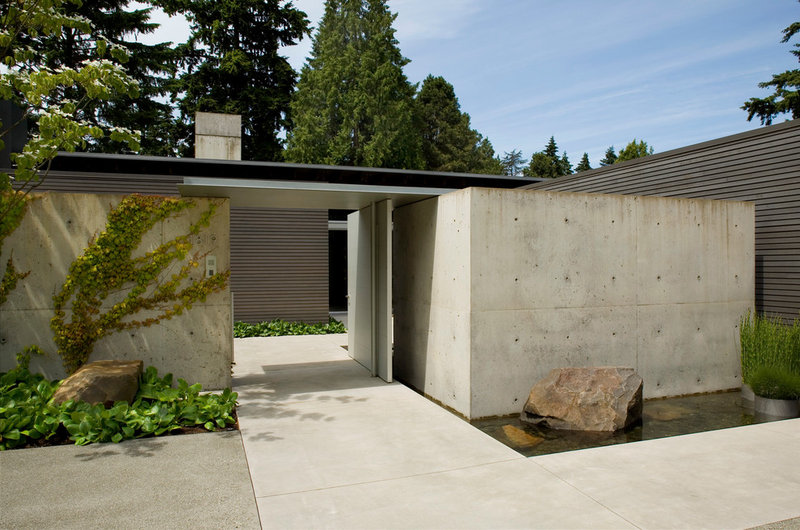
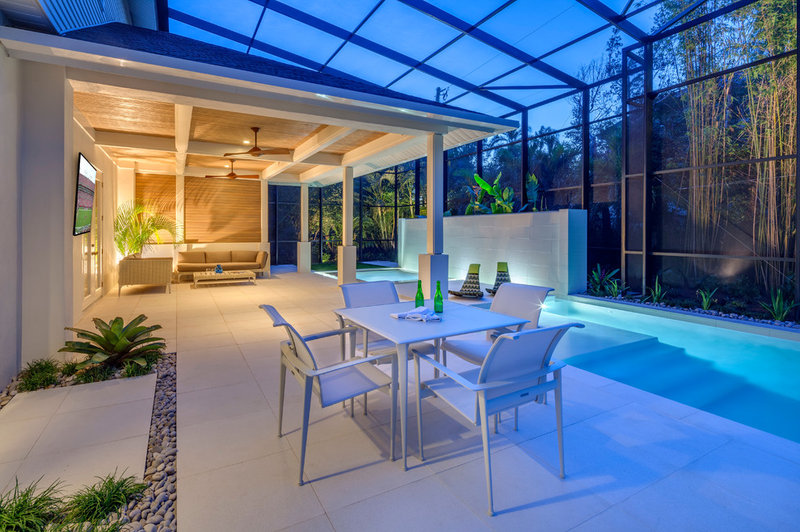
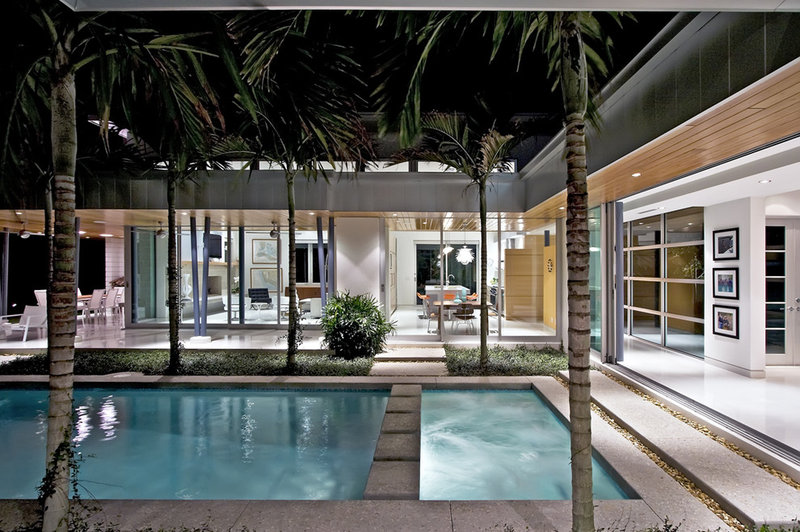
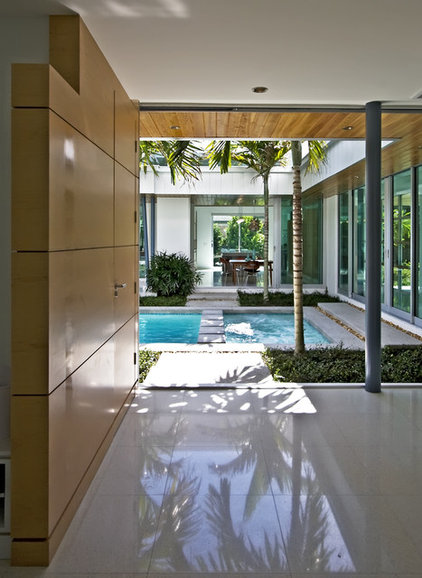
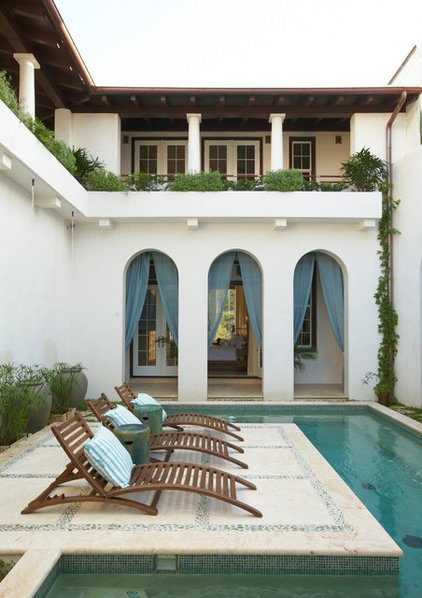
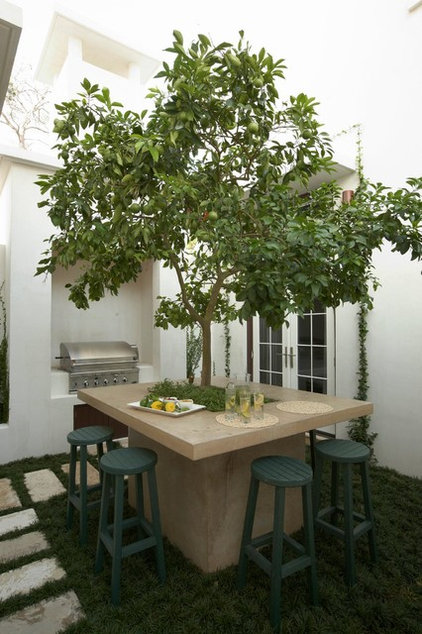
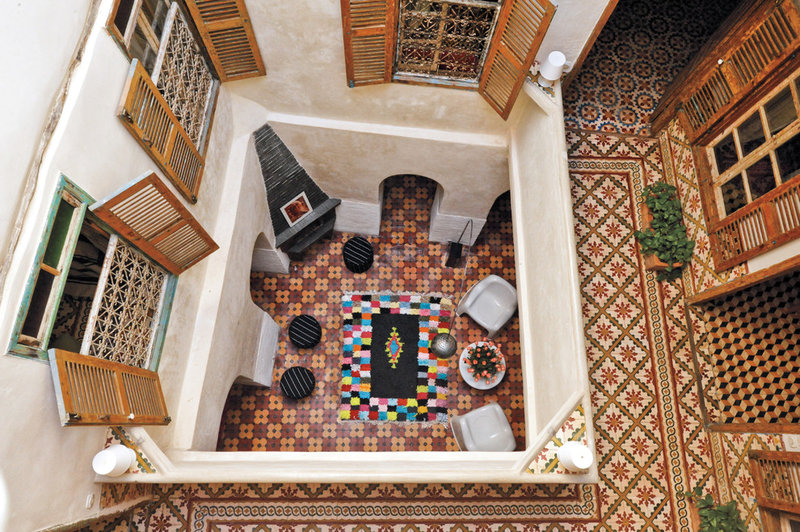
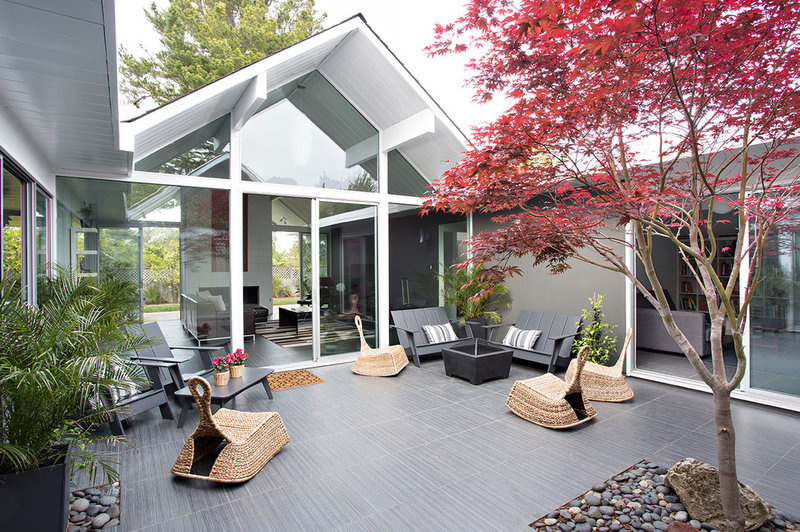
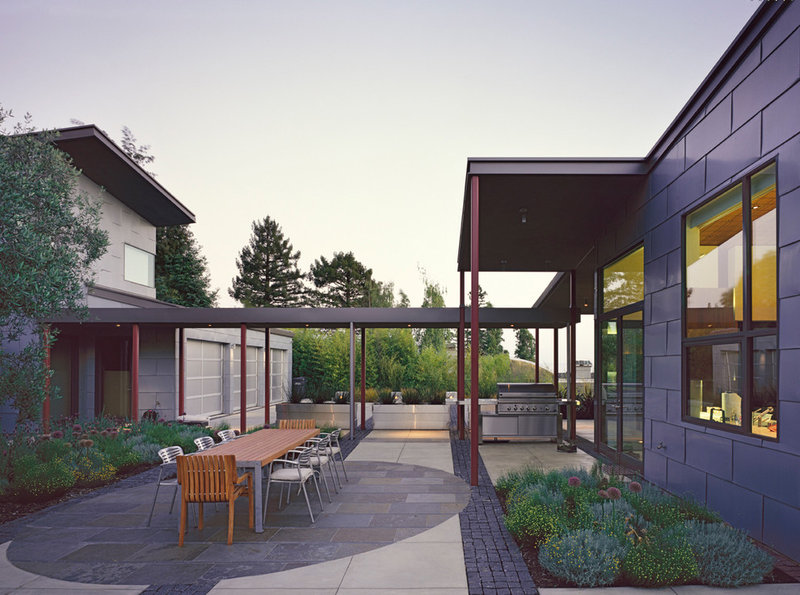
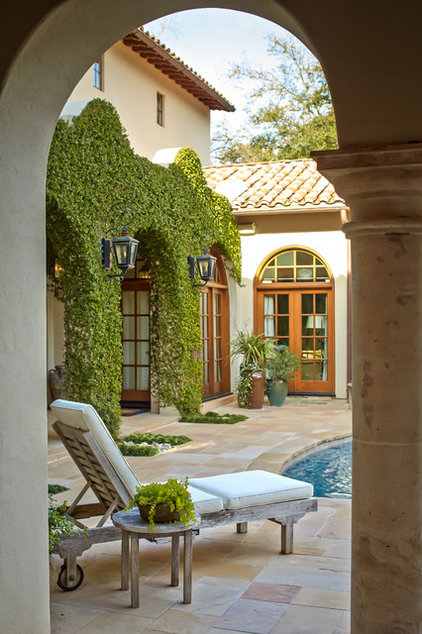
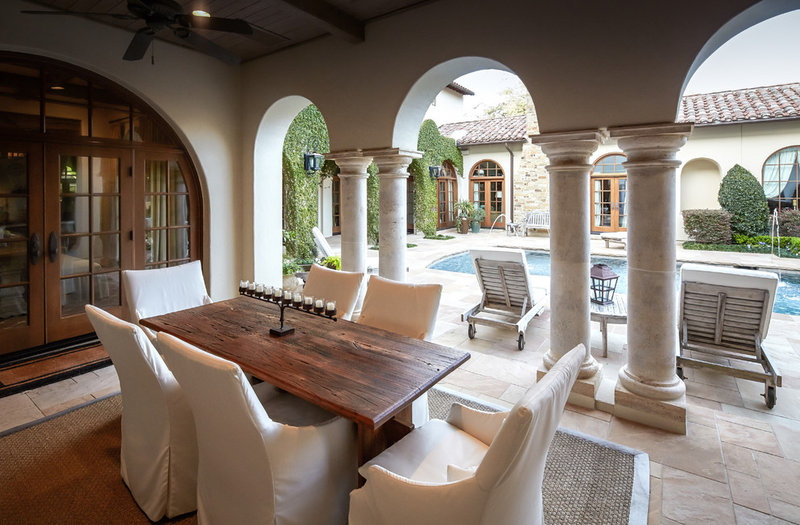
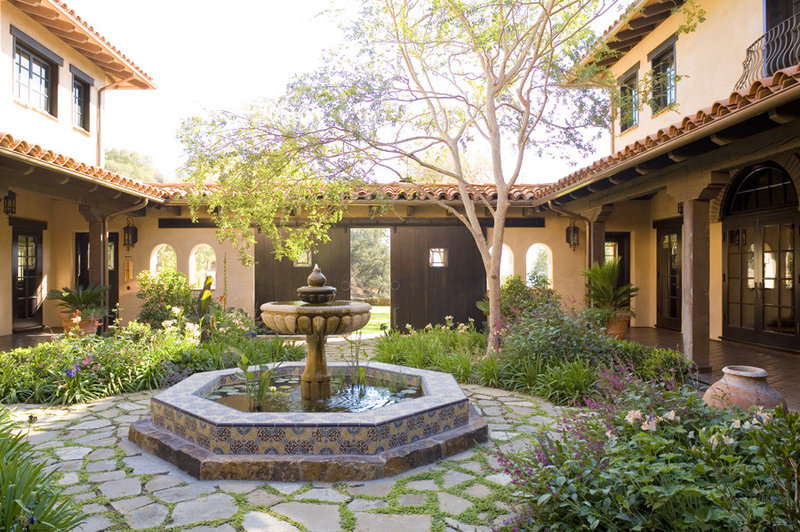
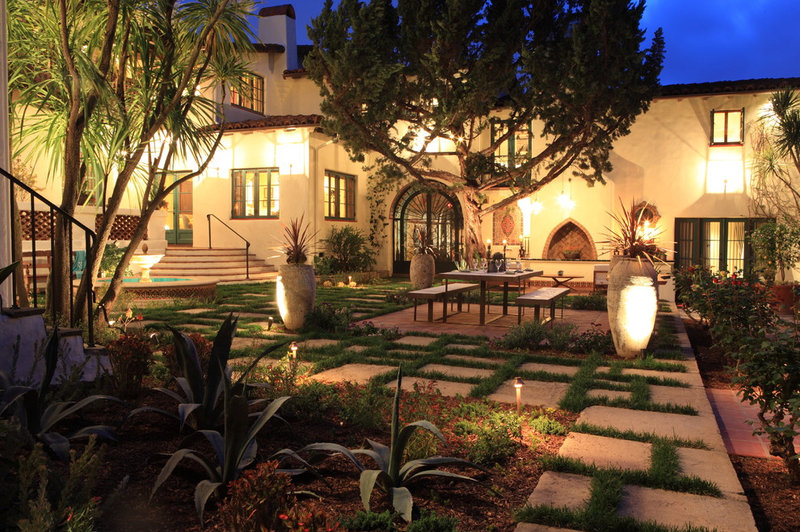
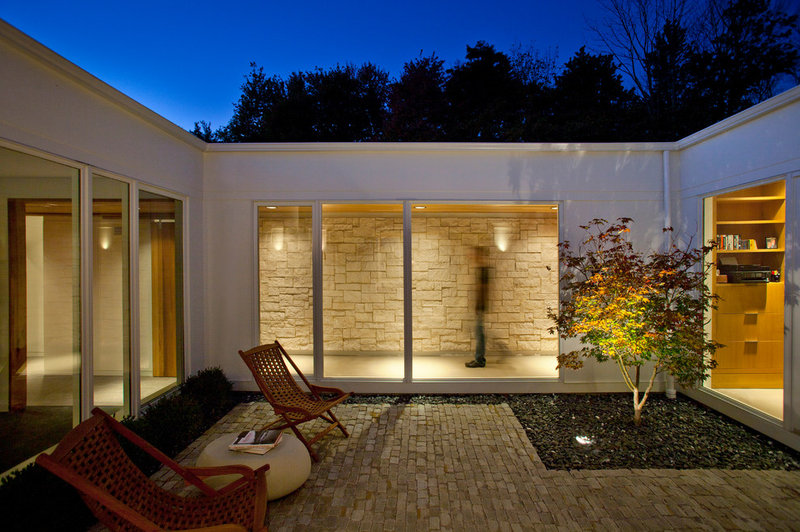
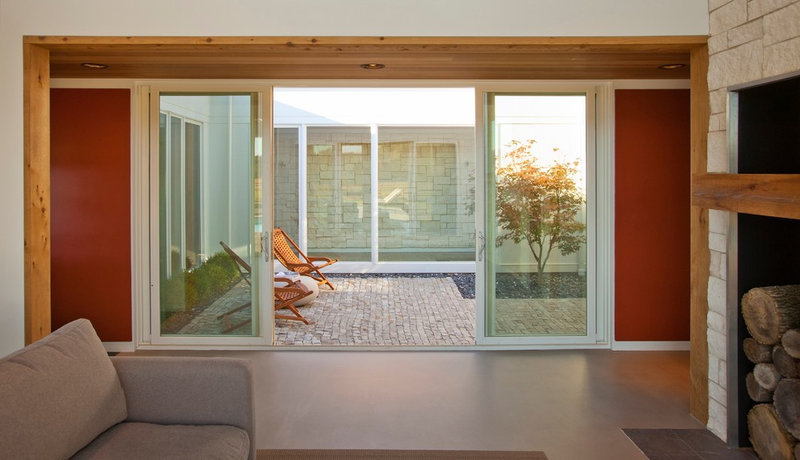
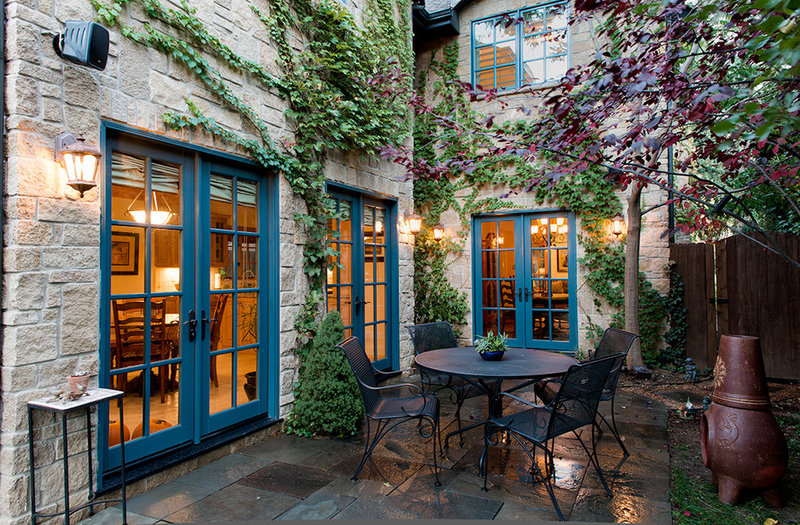
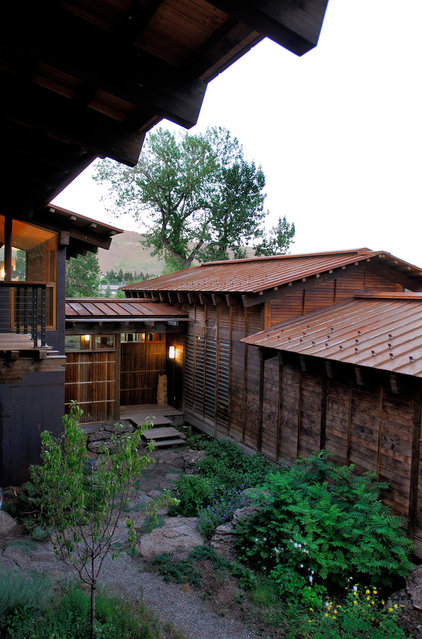
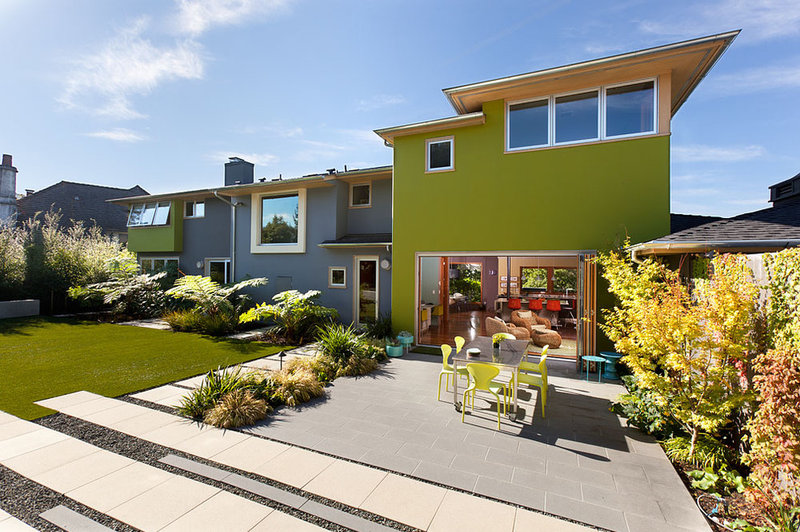
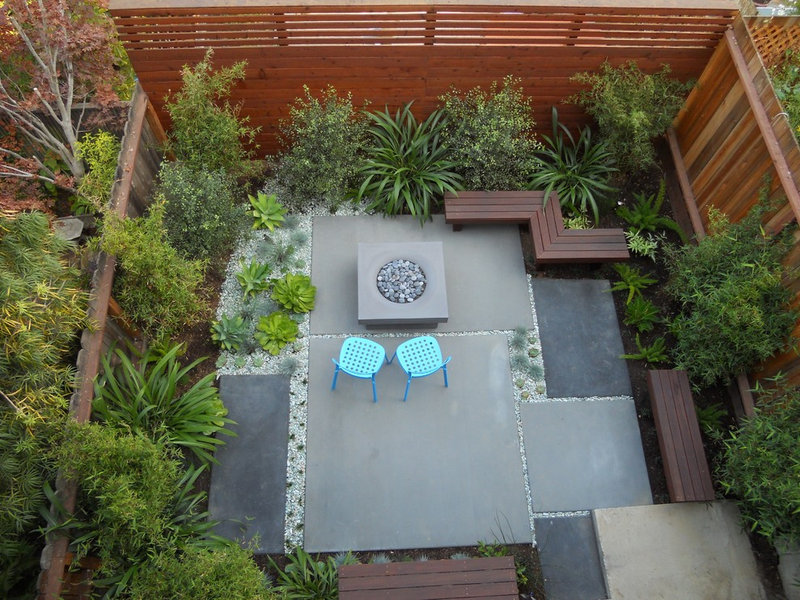

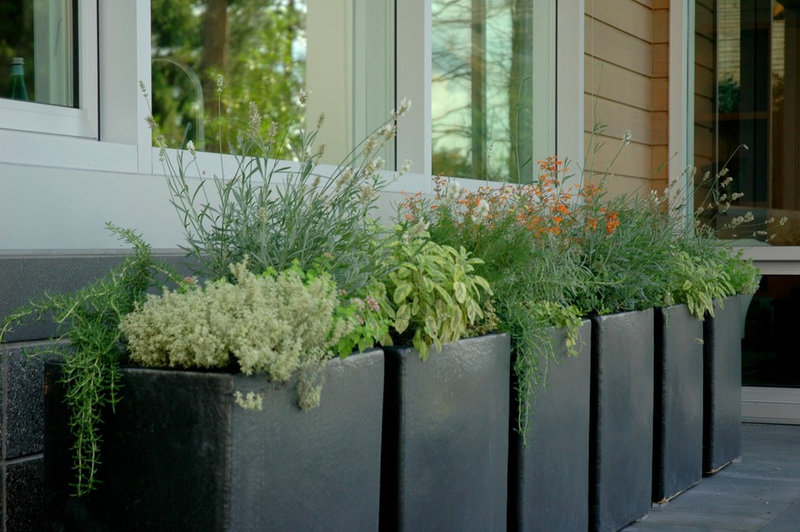
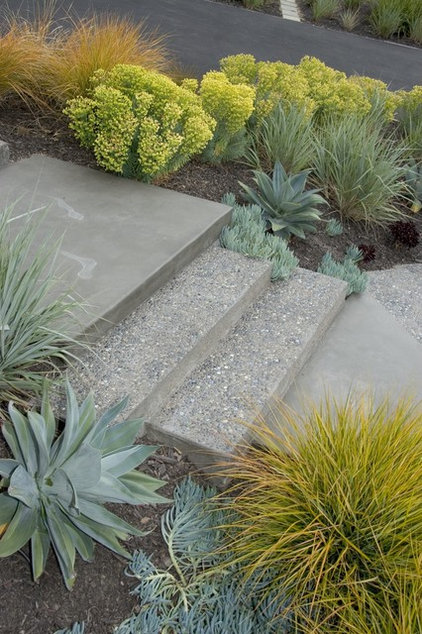
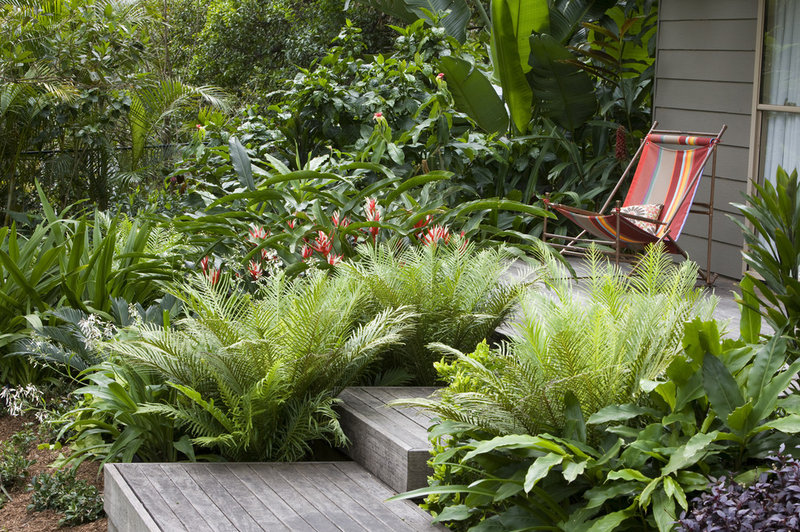
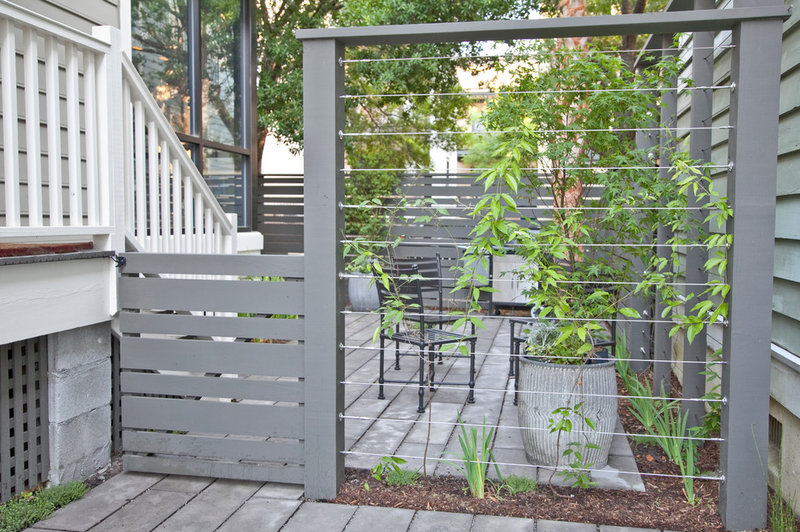
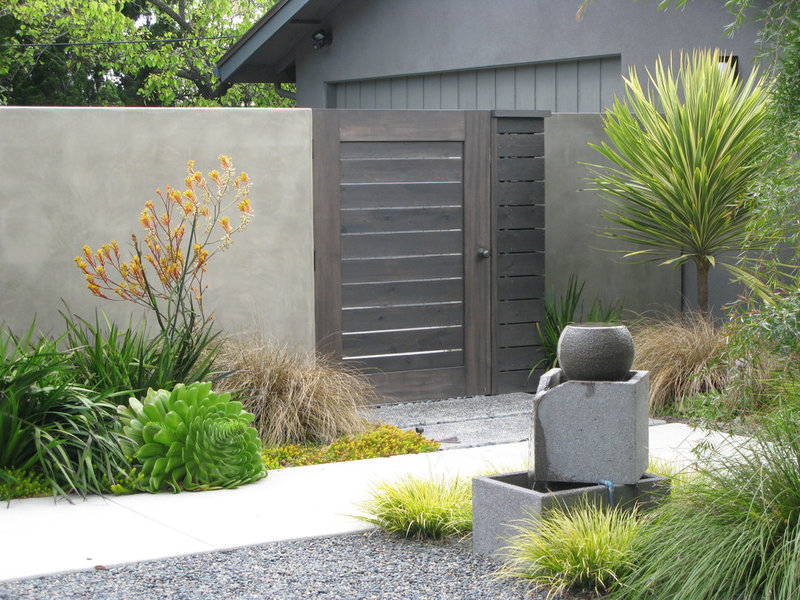
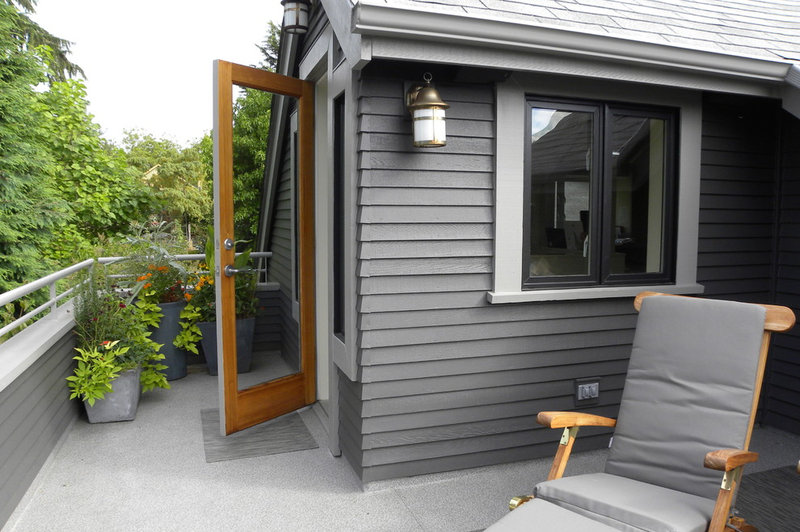
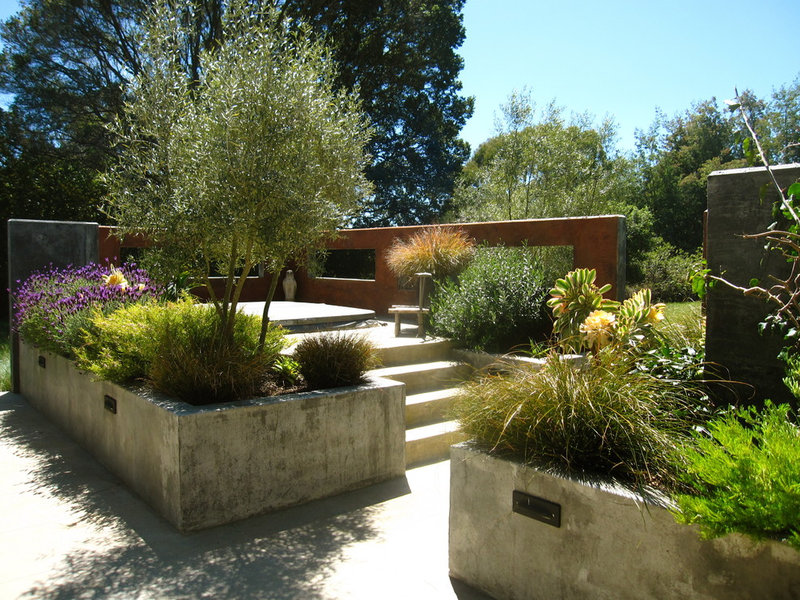
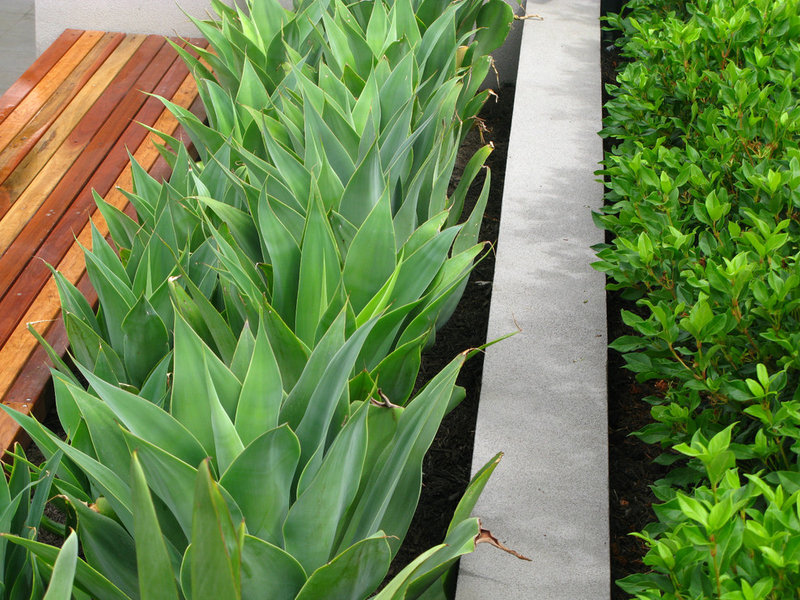
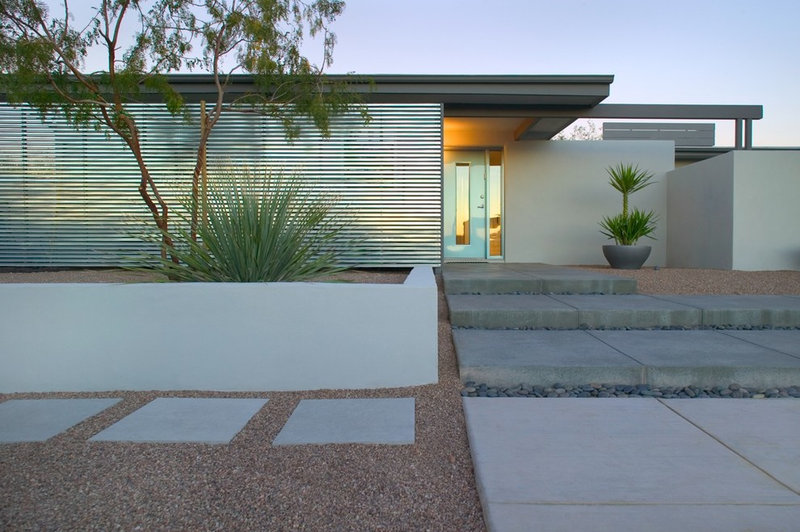

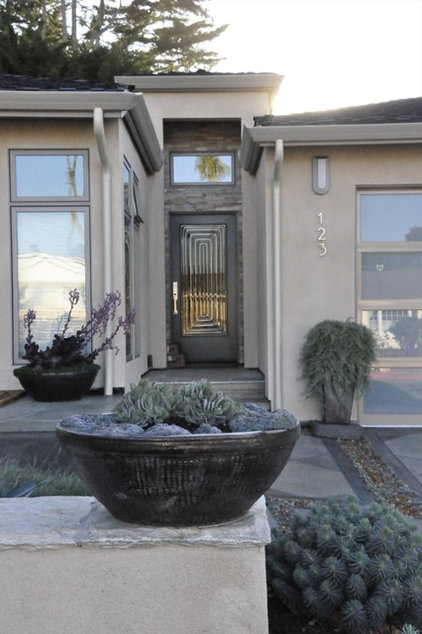
No comments:
Post a Comment